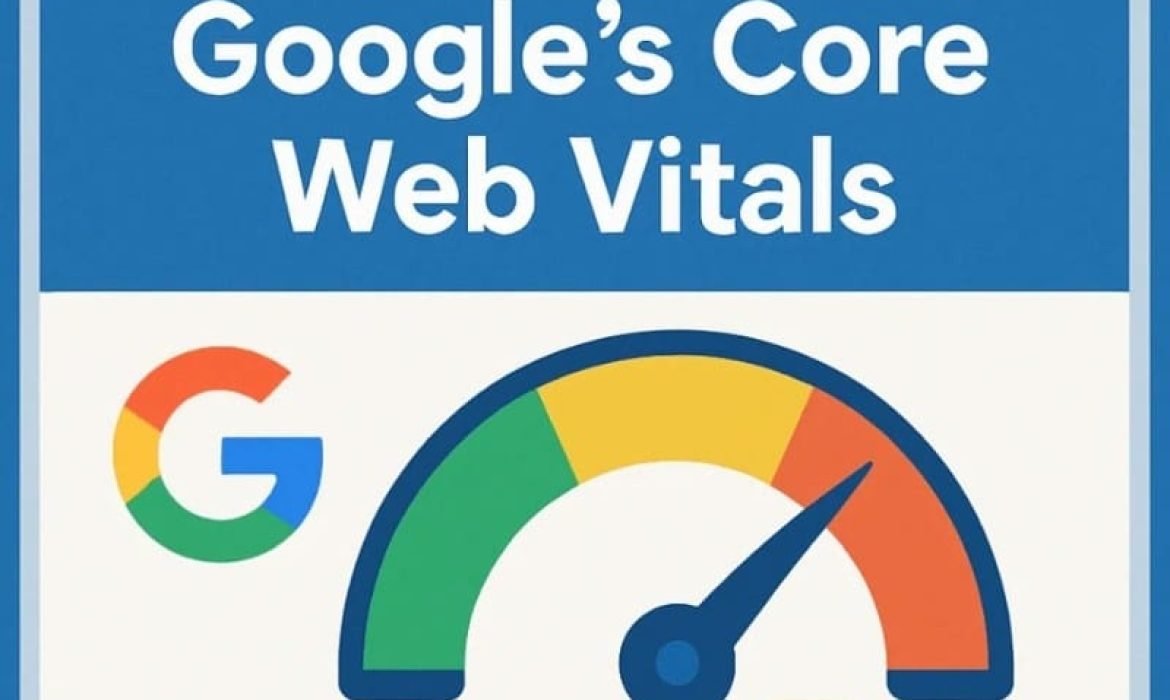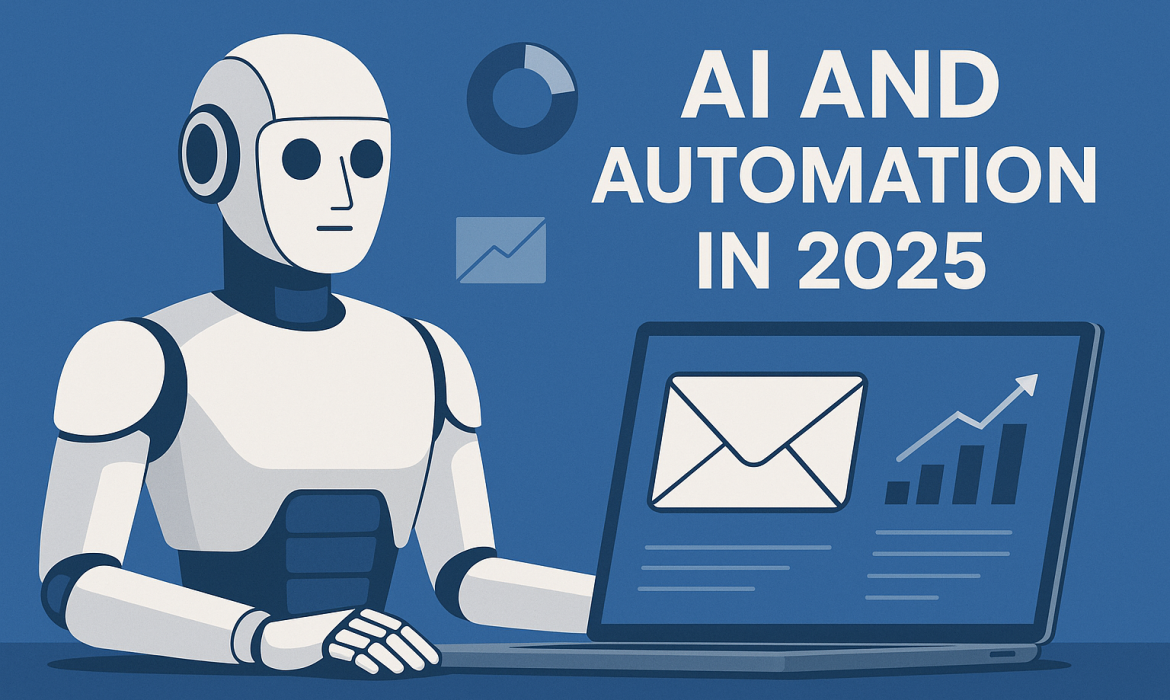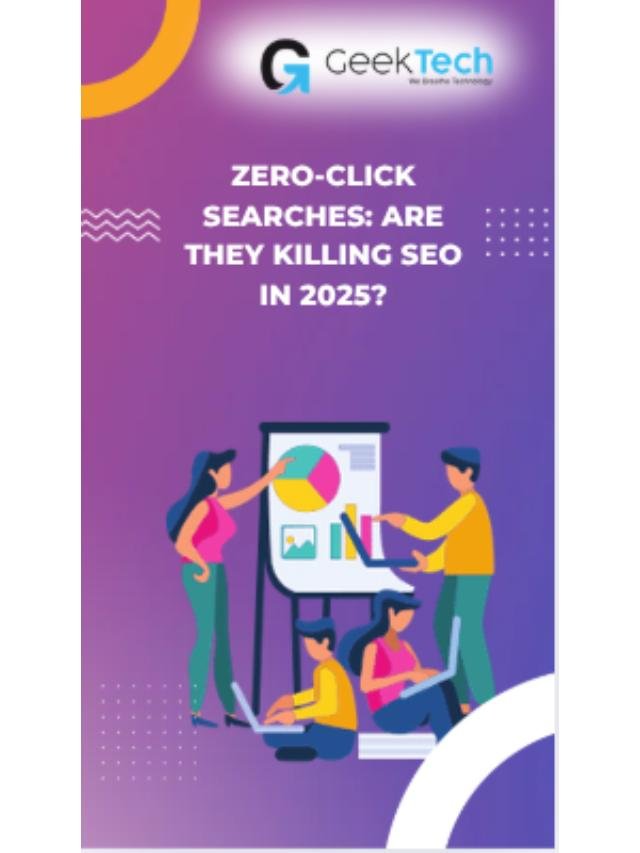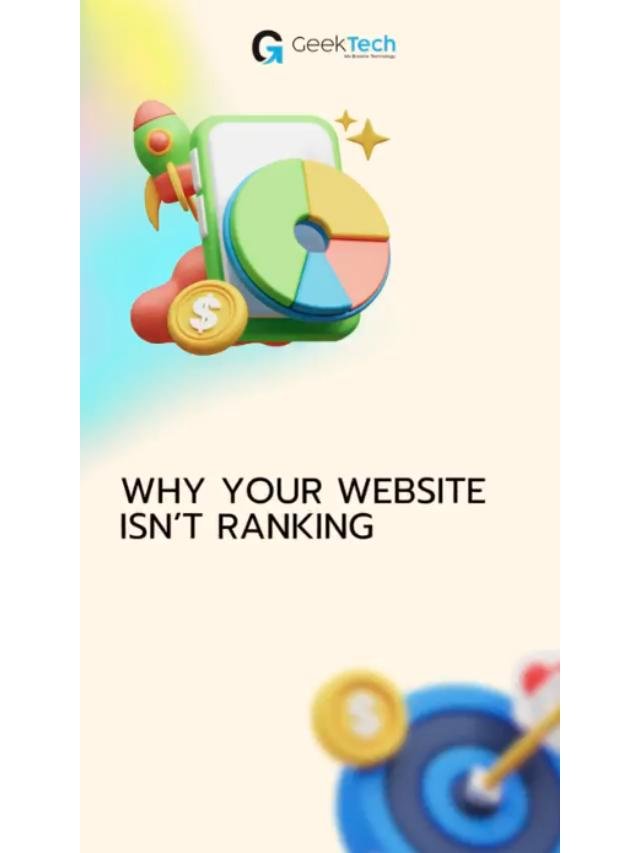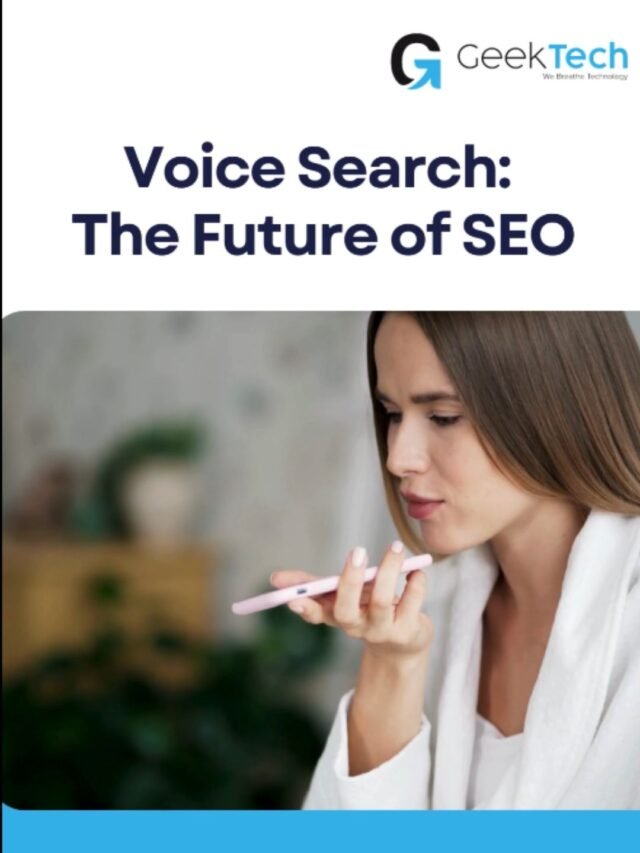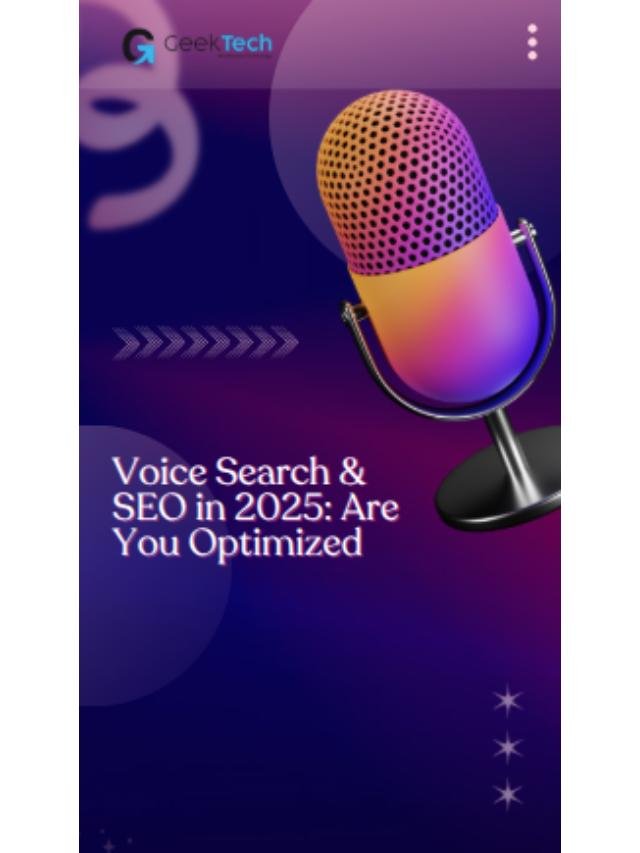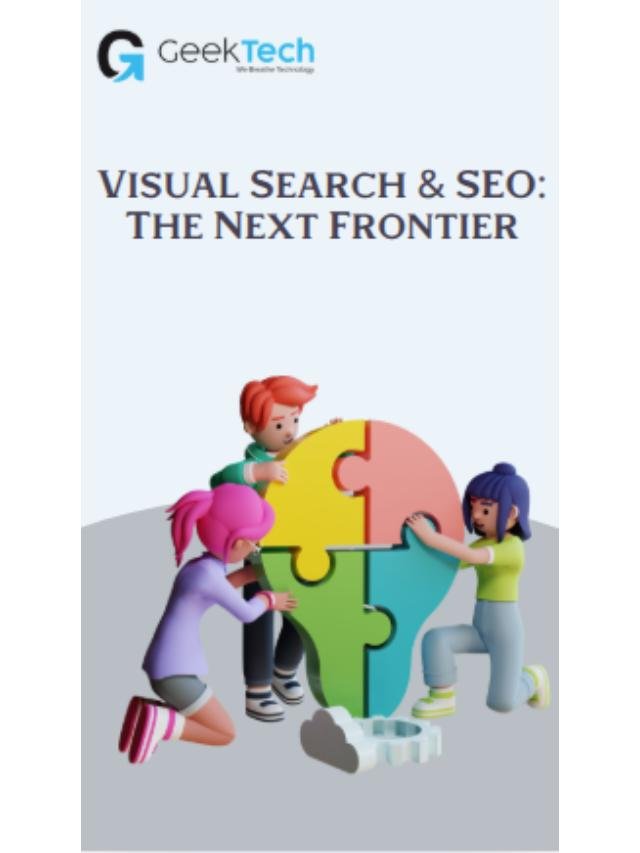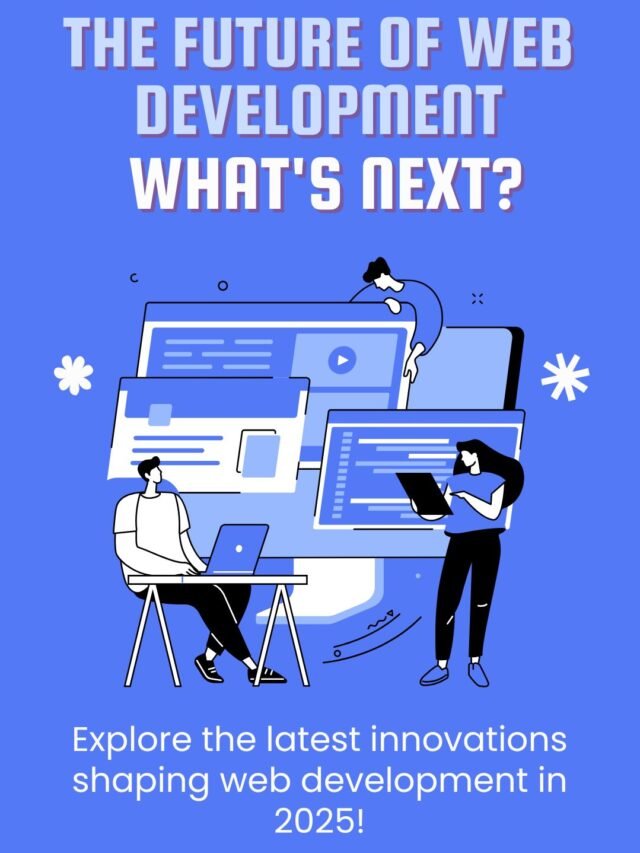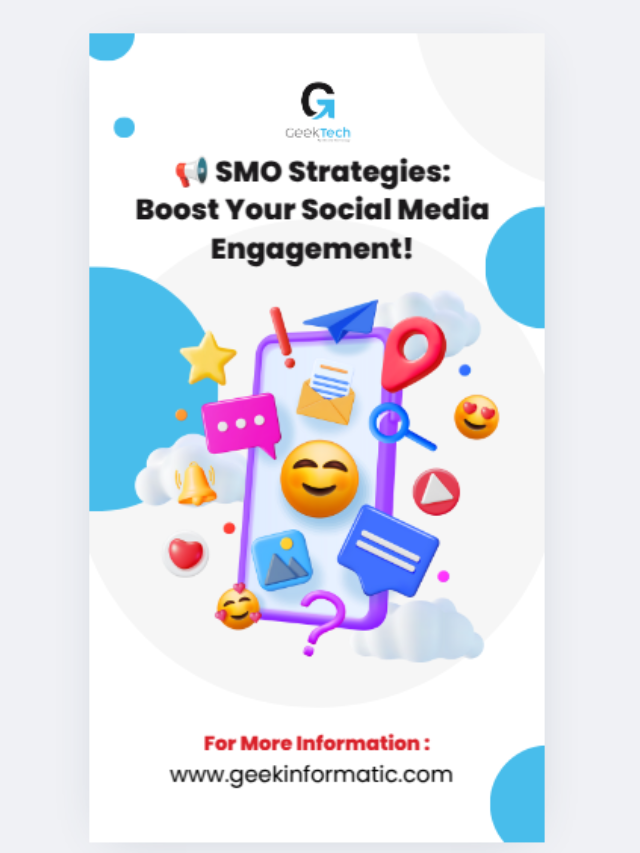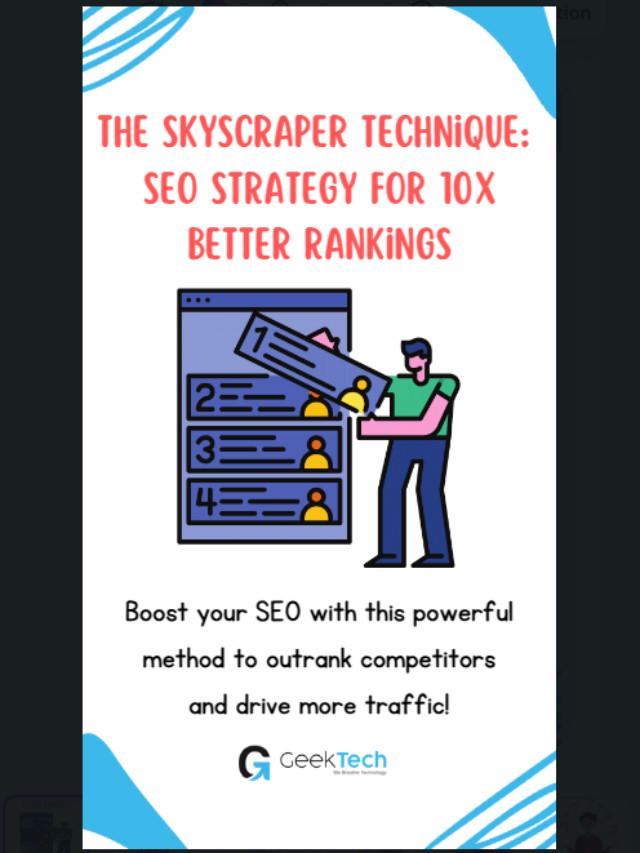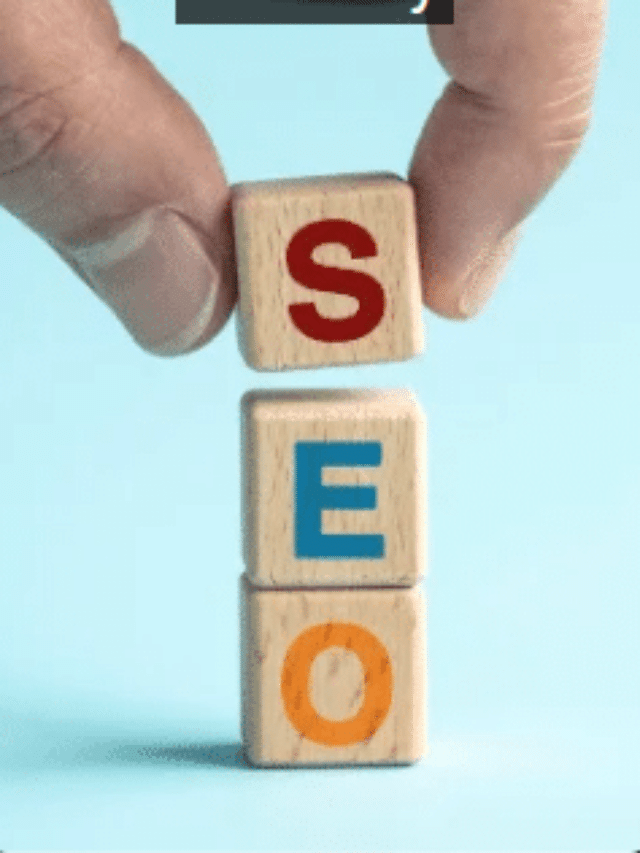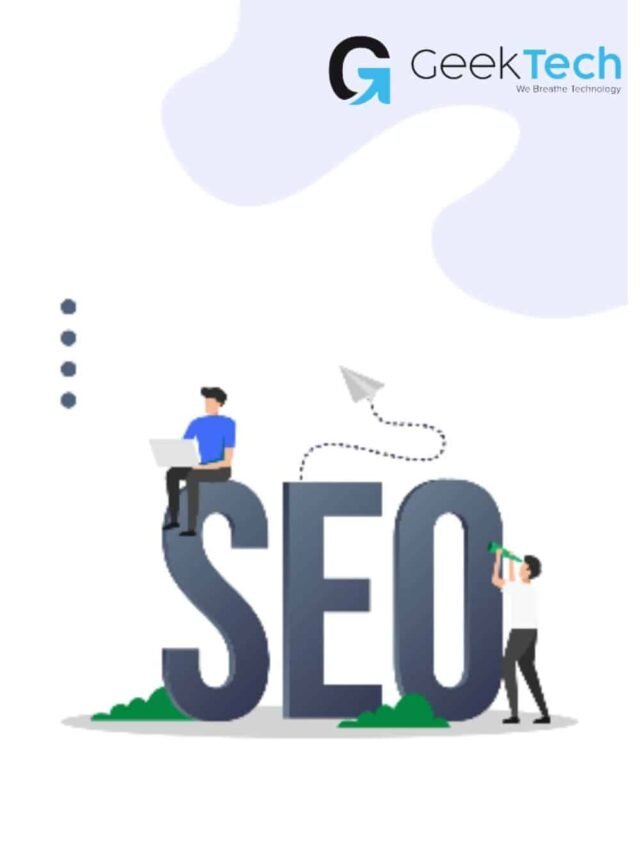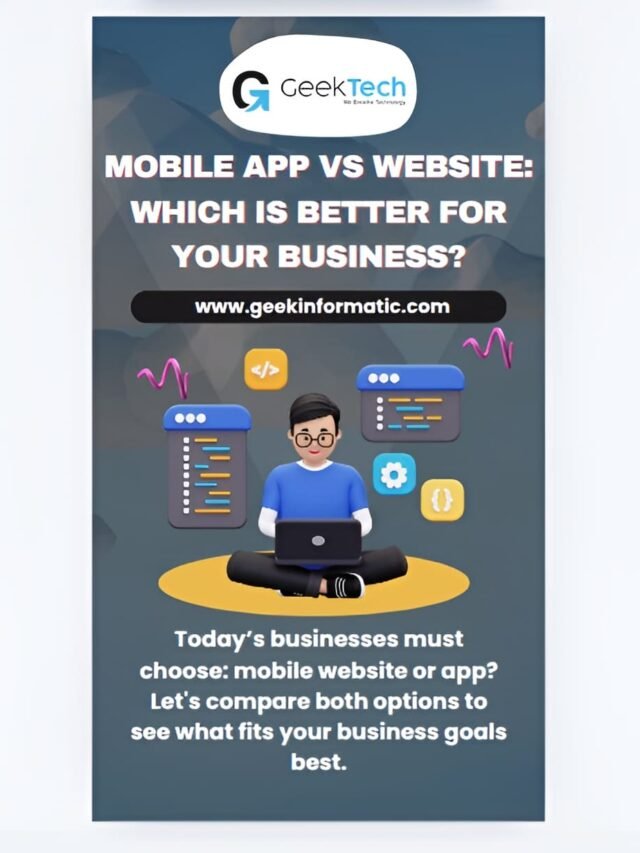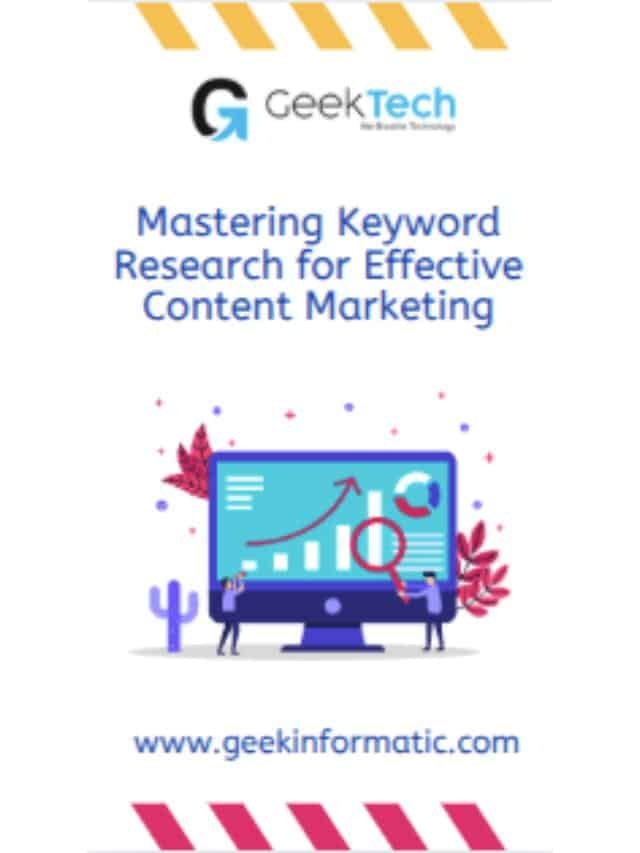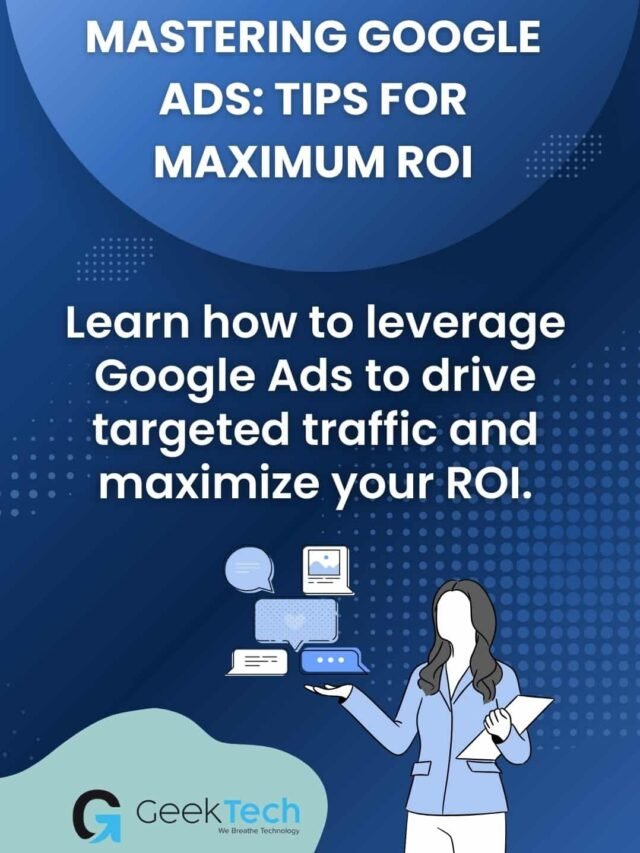UX Meets SEO: How Great Web Design Can Skyrocket Your Search Rankings!
A few years ago, SEO used to be about keywords, backlinks, and cramming as many details as possible in a webpage. However, nowadays, everything is totally different. Google has become smarter, a lot smarter. It does not rank websites according to what is contained on the page only. It is now very keen to know how individuals are experiencing when they are on your site.
Here is the place where UX, or user experience, comes in.
SEO is not only about appearing in search results anymore, but it is also about satisfying the user when they open your site. When your site is slow, disoriented, or disorganized, the visitors will not be able to hang around. And guess what? Google notices.
That is the reason why UX and SEO are no longer distinct. They are the ideal couple, and when combined, your online site can rise to the top quicker than you would think.
What Is User Experience (UX) in Web Design?
To put it simply, UX refers to the ease, smoothness, and pleasure with which one may use your website. Imagine a case of entering a shop. When there is a sloppy aisle, difficult-to-read signs, and staff turning a deaf ear to you, you will just drop out. A website works the same way.
Content navigation is easy with good UX. Bad UX makes users bounce.
Key Elements of UX
- Page hierarchy and navigation: Do menus make sense?
- Visual readability: Can fonts be read? Are the colors comfortable to the eyes?
- Page speed: Can the site be loaded within one or two seconds?
- Interaction design: Can it be an easy tap or a click?
- Mobile experience: Is the site resized to all screen sizes?
- Accessibility: Is it easy to navigate for all users who have not been given special attention?
UX may sound like design-only, but it affects SEO in much larger ways than most individuals may realize.
How UX Directly Impacts SEO
1. User Engagement Signals
Google monitors user behavior on your site. And will they abide and venture or depart in a few seconds? Good UX helps visitors continue reading, clicking, and navigating, generating favorable indicators such as increased dwell time, reduced bounces, and increased pages per visit. These are cues that indicate that your site is worth something to Google.
- Page Speed and Core Web Vitals.
The Core Web Vitals at Google estimate the speed and stability of your site to users:
- LCP (Largest Contentful Paint) – the speed of the main content.
- FID (First Input Delay) – the responsiveness of the site.
- CLS (Cumulative Layout Shift) – the stability of the layout.
When your site loads slowly or vibrates, you lose in your rankings.
3. Mobile-Friendly Design
Google uses mobile-first indexing because most of the searches occur on mobile. In other words, when your mobile site is poor, your SEO is poor.
4. Clear Navigation Helps Google Crawl Better
In case your site structure is easy and sensible:
- Users find things quickly.
- Googlebot knows better what is on your pages.
- Your material is indexed and ranked quickly.
Why Good Web Design Improves Search Rankings
1. Makes life easier and generates leads
Good UX removes confusion. Visitors are well aware of what they need to click, what they need to read further, and how to proceed. This raises conversions, and satisfied users result in improved SEO.
2. Develops trust and credibility
Research indicates that users make their decisions about the credibility of websites in a few seconds. Instant trust is created by clear images, adequate spacing, and well-balanced colors. A reputable site is bound to receive repeat traffic, increased interaction, and referrals.
3. Favors improved content interaction
The best content would not work if the layout is a mess. Good UX is also characterized by brief paragraphs, unchallenging headings, bullet points, and neat spacing. This will assist the users in reading longer and more, further increasing rankings.
4. Enhances site architecture
Surprisingly orderly design enhances user experience. It also strengthens your internal linking process, as it can make Google perceive your content hierarchy.
UX Design Elements That Boost SEO
Fast, Lightweight Pages
To increase the speed of loading, compress images, cache, minify bulky scripts, and lazy load. Google has one of the largest ranking factors for speed.
Mobile-Responsive Layouts
Responsive design makes the text not small, makes it easy to tap buttons, and makes the menus clean and fit any screen. This will be critical to the success of SEO since mobile traffic is the dominant one.
Scannable Content Layouts
The most successful pages can be skimmed. Have descriptive headings, spacing, and paragraphs. This enables users (as well as Google) to know what your page is all about in a very short period of time.
Crystal-Clear Navigation
Menus should feel natural. Breadcrumbs assist the visitor in keeping track of his or her position. The less confusion = the longer the sessions, and the higher the rankings.
Visual Stability
Prevent non-advertising layout shifts, image loading delays, etc.
The stable designs enhance your Core Web Vitals score and maintain calm among the visitors.
Accessibility Enhancements
Basic changes, such as alt text, the appropriate color contrast, and readable fonts, not only assist more users but also enhance SEO activities.
How to Combine SEO Strategy With UX Design
Step 1 – Start With User Intent
Pay attention to the things that users search for and why. Each page is supposed to respond to a definite question.
Step 2 – Design a Clean, Conversion-Friendly Design.
Locate information in the expected place for the users. Minimize complications in CTAs.
Step 3 – Technical SEO Optimization + Core Web Vitals.
This involves optimization of the server, optimized media, and optimized JavaScript. The combination of them enhances UX and SEO.
Step 4 – Have SEO-Friendly Navigation.
Use simple URLs, internal links, and clear menus that allow the user to navigate through the pages.
Step 5 – Test the Experience on a regular basis.
Test heatmaps, A/B test, and study the real behavior of the users. Minor adjustments tend to yield major outcomes.
FAQs
Q: What is the impact of UX on SEO ranking?
A: The UX determines the duration of stay, ease of navigation, and speed with which your pages open. The engagement signals have direct impacts on rankings.
Q: What is the UX factor that matters the most regarding SEO?
A: The strongest ranking factors are currently speed and mobile friendliness.
Q: Will a redesign help me to increase my SEO?
A: Absolutely. A new design is better in terms of navigation, content, and speed, which are all key to ranking high.
Q: Is Google officially acknowledging that UX is important with regard to SEO?
A: Yes. The adoption of such features as the Core Web Vitals and mobile-first indexing indicates that UX has become part of SEO.
Q: How frequently do I need to refresh my website design?
A: Once every 2-3 years is recommended, or even earlier in case the user behavior or design trends change.
Conclusion
Keywords and backlinks are no longer important in SEO, but it is more about creating a site that people would like to use. Google rewards you by making you much more visible when your site loads fast, looks clean, is easy to navigate, and provides solutions to real user needs.
Simply put: Good UX = Better SEO = Higher Ranking.
Whether you are willing to create a website that is user-friendly and Google-like, the professionals at Geek Informatic and Technologies Pvt. Ltd. can assist you. We develop an effective, search engine-optimized design that will create tangible results.
Google’s Core Web Vitals: What You Need to Know for SEO Success
When people visit your website, they expect it to load quickly and work smoothly. But if it does not give that experience, they often leave within seconds. So, to help site owners improve user experience, Google introduced Core Web Vitals.
Core Web Vitals are part of Google’s overall focus on user experience. They help determine where your site ranks in Google search. The better your scores, the better chance you have of ranking higher. There are three key indicators that show how fast and stable your site is when someone uses it.
In this blog, you will understand these three key indicators of Core Web Vitals. And how they help you in SEO success.
Everything You Should Know About the Three Core Web Vitals
The following information will help you to clearly understand the three Core Web Vitals:
1. Largest Contentful Paint (LCP)
The first performance metric of Core Web Vitals is Largest Contentful Paint (LCP). LCP measures how much time it takes for a webpage with large content to become visible to users. Here, it typically measures elements such as:
- Images (e.g., <img> tags)
- Video poster frames
- Background images loaded via CSS
- Large text blocks (e.g., headings, paragraphs)
It shows how soon visitors can see the main content after opening your page. And if it loads slowly, then users can get annoyed. They can leave the page before they even see the main content.
If it takes 4 seconds for the banner image to appear after someone opens your homepage, it can be frustrating. That means your LCP is too high.
That’s why Google recommends keeping LCP under 2.5 seconds after the page starts loading. A fast LCP gives users the feeling that your site is quick and ready to use.
How to Improve LCP for Better SEO:
- Optimize images: Large images take longer to load and can slow down your page. Use compressed and properly resized images without sacrificing quality. Consider using modern formats like WebP and serving responsive images for faster performance across all devices.
- Optimize CSS and JavaScript: Extra code can slow things down. Remove any code your page doesn’t actually use. You can also shrink (or “minify”) the code and move the most important styles to the top so they load first. This helps the main content show up faster.
- Optimize server response times: If your website’s server is slow, your page will be slow too. Use a reliable web host, clean up your database, and avoid unnecessary redirects. Using a CDN (Content Delivery Network) can also help deliver your content faster by using servers that are closer to your visitors.
- Reduce render-blocking resources: Sometimes, files like CSS or JavaScript get in the way of the content loading right away. You can delay or load them later so they don’t block the important stuff, like your banner image or headline, from showing up first.
COMMON TOOLS TO CHECK: PageSpeed Insights.
2. Interaction to Next Paint (INP)
The next is Interaction to Next Paint (INP). It tracks how long your site takes to respond when a visitor tries to interact with it. This includes actions like:
- Clicking a button,
- Choosing an item from a menu, or
- Filling out a form
To give users a smooth experience, your website’s Interaction to Next Paint (INP) should be 200 milliseconds or less.
For example, imagine someone taps the “Buy Now” button, but nothing happens for half a second. That delay is counted in your INP score. And also, if there’s a delay after the click or tap visitor can feel like the site is frozen or broken.
How to Improve INP for Better SEO:
- Reduce JavaScript Execution Time: Excessive JavaScript often makes your site lag behind user actions. One of the methods to do so is to divide the large scripts into smaller parts and eliminate the unused code.
- Avoid Long Tasks: If the browser is too busy with tasks such as animations or background processing that take too long, it can’t come back to the user to respond quickly to user input. Split the tasks up into teeny tiny chunks. It should take less than 50 milliseconds to make it feel snappy.
- Prioritize User Interactions: Make sure the code that handles user actions (like clicks or taps) runs as quickly as possible. Defer non-essential tasks so they don’t block interaction.
- Use Efficient Event Handlers: Avoid putting too much logic inside event listeners. Keep them simple so the browser can process them quickly when a user interacts with your site.
- Minimize Layout Shifts and Visual Jank: If elements move around after a user clicks something, it can delay feedback. Keep your layout stable and predictable.
COMMON TOOLS TO CHECK: PageSpeed Insights or Lighthouse.
3. Cumulative Layout Shift (CLS)
Cumulative Layout Shift (CLS) is a stable Core Web Vital metric. It’s an important, user-centric metric for measuring visual stability because it helps quantify how often users experience unexpected layout shifts. A low CLS helps ensure that the page is delightful.
CLS examines the proportion of movement of the layout of your site as it loads. You may have come across the pages in which images/ads move around as they load. This may make you press the wrong button or lose your flow in reading. That is aggravating and misleading to users.
Google recommends a CLS score of less than 0.1. A stable layout makes your page easier to use and more trustworthy.
How to Improve CLS for Better SEO:
- Always Set Size for Images and Videos: When inserting images, videos, or ads, be sure to specify their height and width in the code. This helps the browser estimate how large an area to allocate so that nothing jumps around when the page loads.
- Don’t Insert Content Above What’s Already Visible: Don’t create banners, popups, or ads at the top of the screen, which can interfere with the page loading process. This will push the content down and ruin the user experience.
- Use Fonts That Load Quickly: Sometimes, a font takes too long to load, and the text shifts when it finally appears. To fix this, use system fonts or fonts with a fallback to avoid visual jumps.
- Reserve Space for Ads or Dynamic Content: If your page has ads or embeds that appear after loading, reserve space for them in advance. This prevents the layout from shifting when those elements finally show up.
- Preload Fonts and Important Assets: Use the preload tag for important fonts and elements so they load faster and more smoothly — reducing unexpected layout movements.
COMMON TOOLS TO CHECK: PageSpeed Insights, Lighthouse or or Chrome DevTools.
Together, these three Core Web Vitals help you understand what your visitors see and feel when they use your site. Improving them can lead to better user satisfaction and stronger performance in search results.
Final Thoughts
Core Web Vitals have become a major constituent element in the ranking scheme employed by Google. They include the speed at which your content appears, the rate at which your content responds to clicks, and the responsiveness with which it loads. By optimizing these scores, you would be rendering your site friendly to people. That holds people on your page so that it counts more in search.
Connect with Industry Professionals
Partner with Geek Informatic & Technologies Pvt. Ltd. and make your site faster, reliable, and user-friendly. Our team will help you meet the Core Web Vitals through Google to ensure you stay top of the search results.
What Marketers Need to Know About AI and Automation in 2025
In 2025, marketing automation and artificial intelligence are changing how businesses connect with customers. Marketers now use smart tools to work faster. In their marketing campaigns, with the help of AI tools, they personalize customer messages to get better results. What’s more! Well, this blog explains what AI and automation really mean, their benefits, common mistakes to avoid, and tools you can use to succeed.
The 2025 Big Year for AI and Marketing Tools
In 2025, AI is no longer limited to tech companies. It is spreading its wings in retail, healthcare, finance, and even small businesses. New AI tools with advanced features are coming into the market. AI streamlining operations, personalizing customer experiences, and collecting deeper insights into the market. AI is now a must-have marketing tool for businesses that want to stay competitive.
Customers now expect faster, more relevant communication. They want brands to understand their preferences and respond to them instantly. AI helps marketers meet customers’ expectations through hyper-personalized content and smart recommendations. AI helps in real-time engagement and making campaigns feel more human and responsive.
Not only that, AI enables smarter budgeting by helping companies analyze performance data and automate low-value tasks. AI focuses on what drives results. This shift supports higher ROI and reduces waste in ad spending and campaign management.
Furthermore, every small and large company is using AI. It is an affordable and user-friendly tool that works for all startups and medium-sized teams. With a simple interface and pre-built automation, even non-technical marketers can use AI to create impactful, data-informed campaigns.

What AI and Marketing Automation Really Mean
AI in marketing means using natural language processing to create predictive campaigns, analyze data, and spot patterns. This technology makes smart decisions by enabling everything from personalized product suggestions to identifying leads with the highest conversion potential.
Moreover, AI do more than just automate tasks. It helps marketers work smarter by producing insights and giving tailored content. This helps in creating instant strategies based on user activities. When combined, marketing automation and artificial intelligence enable running personalized, timely, and effective campaigns at a large scale. This capability was out of reach just a few years ago.
Furthermore, marketing automation alone, on the other hand, focuses on simplifying repetitive marketing jobs. These include sending out emails, managing social media posts, and guiding leads through pre-set workflows. The traditional rule-based methods are evolving with automation and AI. This changing process involves a shift from basic triggers to smart actions that adjust to each customer’s behavior.
Benefits of Combining AI with Marketing Automation
Integrating AI with marketing automation delivers real, measurable benefits that go far beyond time savings. Let’s have a look:
- Smarter Personalization
AI analyzes customer behavior, preferences, and engagement history to deliver personalized content automatically. This leads to higher open rates, more clicks, and better conversions in ad campaigns.
- Improved Efficiency
Routine tasks like list segmentation, A/B testing, and lead scoring are handled by AI, freeing up marketers to focus on strategy and creativity. Campaigns run faster and with fewer errors.
- Better Decision-Making
AI identifies what’s working and what’s not through real-time data analysis. Marketers can adjust strategies quickly, backed by insights instead of guesswork.
- Higher ROI
Combining AI with automation ensures every message is relevant and well-timed. This reduces wasted ad spend, increases customer engagement, and ultimately drives more revenue from the same or even smaller budgets.
In short, this combination helps marketers work smarter, not just harder.
Top AI and Automation Tools Marketers Are Using in 2025
Here is a detailed look at some of the top marketing automation artificial intelligence tools for marketers:
AI-Powered Content Creation and Optimization
Jasper
This tool uses AI to create different types of marketing content. It produces ad copy, emails, landing pages, articles, and social media posts. It also connects to knowledge bases to ensure that the content remains true and accurate.
Clearscope
This tool aims to boost content for SEO. It looks at content quality and offers ways to make it better.
Grammarly
This tool gives AI-powered grammar and style checks. You can set up brand style guides, too.
BrandWell
This platform offers a full set of AI-powered content marketing tools. It includes site checks, content creation, backlink adding, and fine-tuning.
AI-Powered Marketing Automation
Sprinklr Marketing
This big platform handles many marketing tasks. It covers social media digital campaigns and old-school marketing. It uses AI to step up automation.
HubSpot
This platform gives you a bunch of marketing automation tools. You get email marketing landing pages, lead nurturing, and data tracking.
Salesforce Marketing Cloud
This platform lets you run personal campaigns, link up with CRM, and automate tasks to smooth out marketing work.
ActiveCampaign
This platform offers full AI-powered workflows and personal touches. It shines in email marketing.
Klaviyo
This platform stands out for its easy-to-use interface. You can drag and drop to set up workflows.
Customer.io
This platform excels in strong workflow automation. It gives you lots of marketing channels to automate.
Zapier
This platform allows users to connect over 2,000 apps and automate tasks without needing to write code.
AI-Powered Social Media Management
FeedHive
This tool uses AI to recycle content and conditionally post, optimizing social media engagement.
Buffer
This tool provides scheduling and multi-channel campaign management features, enhancing social media strategy.
Flick
This tool acts as an AI copilot for social media management, integrating AI into the entire process.
Predis.ai
This tool generates carousels and videos for social media, along with competitive analysis.
Publer
This tool helps generate post text and images, including text-to-image AI generation.
Other AI Marketing Tools
Delve AI
This platform provides digital twins of customers, allowing marketers to engage with virtual representations of their audience.
GWI Spark
This tool leverages proprietary consumer data to provide unique and high-quality insights.
Optimove
This platform personalizes marketing across channels using AI to understand customer behavior and optimize campaigns.
These are marketing automation with artificial intelligence tools available to marketers. Choose the right tool for your specific needs and goals, whether it’s content creation, email marketing, social media management, or other marketing activities.
Common Pitfalls to Avoid in 2025
As AI and automation become standard tools in marketing, many teams risk falling into avoidable traps. Here are key pitfalls to watch out for:
- Over-Automation Without Human Touch
Relying too heavily on automation can make communication feel robotic. Customers still value authenticity. Marketers must balance automation with genuine human-centered content and interactions.
- Poor Data Quality
AI is only as good as the data it learns from. Outdated, incomplete, or inaccurate customer data can lead to irrelevant targeting and poor campaign performance. Regular data hygiene is critical.
- Lack of Integration Across Tools
When AI and automation platforms don’t sync with your CRM, email software, or analytics tools, you lose efficiency and visibility. Ensure systems are well-integrated for a seamless marketing operation.
- Misunderstanding AI’s Limits
AI can make decisions better, but it is not foolproof. Treat it as a powerful assistant, not a replacement for strategic thinking. Marketers must still guide the vision, messaging, and customer experience.
Final Thought: This is an AI-Powered Landscape
As we move towards the coming years, marketing automation and artificial intelligence technology will advance even further. New tools for automation will come into the market, and new features will be introduced. Therefore, it is better that you adopt AI tools in your business so that you can take advantage of them today and in the coming years.
Let Geek Informatic & Technologies Pvt. Ltd. Help You Lead with AI
At Geek Informatic & Technologies Pvt. Ltd., we help businesses with AI automation marketing campaigns for the digital world. Whether you need assistance with Google Ads campaigns, SEO, or Content Creation, we are here to help.
Why Is URL Structure Still Crucial for SEO in 2025?
You’ve probably heard that search engine optimization (SEO) has evolved dramatically over the years. With AI-driven content, voice search, and semantic algorithms taking the spotlight, some may assume traditional ranking factors like URL structure have lost their importance. But the truth is that a well-structured URL remains a foundational part of a healthy SEO strategy in 2025. It might not be the flashiest part of your toolkit, but it quietly supports everything else you do to rank better and serve your users well.
If you’ve been neglecting your URL structure, thinking it’s outdated, this guide will change your mind. We’ll break down why URLs still matter, how to optimize them, and the mistakes killing your rankings.
The 2025 Verdict: How Google Uses URLs to Rank & Understand Your Site
Consider a URL to be a digital address, and it informs users and search engines where a piece of content resides. But beyond this, it has a subtle but important function in how content is interpreted, ranked, and clicked. In 2025, Google and other search engines will be more intelligent than ever, but they will still depend on clarity and structure when it comes to interpreting your site. A disorganized URL structure confounds crawlers and dissuades users. An organized one yields clues regarding relevance, subject matter, and composition.
URLs appear in search results, on social media, and in links shared across the web. If your URLs are long, unclear, or filled with random characters, you miss out on credibility and click-throughs.

The Power of URL Structure: Key Factors That Impact SEO & User Experience
You’re not just optimizing for algorithms. You’re optimizing for people, too. Today’s internet users are more aware and selective than ever. When they see a URL, they make snap judgments about where it leads. A structured, readable URL like “example.com/seo-tips-2025” tells them exactly what to expect. A jumbled one like “example.com/page?id=9487&cat=3” raises suspicion—or worse, drives them away.
In 2025, trust is everything. Your URL might be short, but it holds weight. Clear, logical URLs give users confidence. They suggest that your website is reliable, that your content is intentional, and that you care about the experience. This trust translates directly into more clicks, longer sessions, and lower bounce rates.
How to Structure URLs for Maximum Crawl Efficiency (2025 Best Practices)
If search engines can’t crawl your site properly, they can’t index or rank it. It’s that simple. URL structure directly affects crawl efficiency. A clean, hierarchical structure lets crawlers move smoothly through your content. It also helps them understand the relationship between different pages.
For example, a URL like “example.com/blog/seo/url-structure-tips” gives clear context: this is a blog post, under the SEO category, specifically about URL structure tips. That structure allows search engines to group and rank your content more accurately.
In contrast, flat or disorganized URLs can confuse bots and dilute your topical authority. Even in 2025, where machine learning handles a lot of ambiguity, clarity still wins.
Structure Supports Site Hierarchy and Navigation
Your website isn’t just a collection of pages. It’s a system—a structure. URLs that reflect that system help both users and search engines navigate it efficiently. When you group related content under consistent parent paths, you show topical relevance and build authority in those areas.
Take this structure:
- example.com/services/web-design
- example.com/services/seo
- example.com/services/content-marketing
Not only does this tell search engines that all three pages are part of your services section, but it also helps distribute ranking power across the group. In 2025, topical depth and internal link architecture remain vital for SEO-friendly URL structure, and smart URL structuring is part of that framework.
Mobile and Voice Search Compatibility
With mobile traffic dominating and voice search continuing to grow, the way people access and interact with URLs has shifted. But that doesn’t mean structure is less important—it means it needs to adapt.
Short, clean URLs are easier to share, type, and even speak. When someone uses voice search to find “best dog grooming in Austin,” they might be directed to a link like “example.com/austin-dog-grooming,” not “example.com/cat5-483?a=1.” Optimized URLs improve the match between spoken queries and page destinations.
Voice assistants and mobile interfaces favor clarity. And your URL is often the bridge between voice input and on-screen content. In 2025, building for this experience keeps you ahead.
Check out our Web Stories to get more insights on Digital Marketing!
Social Sharing, Backlinking & Visibility
Think about the last time you shared a link on social media or embedded it in an email. Did the URL structure influence your decision? It probably did more than you realized. Short, descriptive URLs not only look better, they’re more clickable. They also encourage more people to share your content, improving your backlink profile naturally.
Backlinks are still a major ranking factor in 2025. And when people link to your content, the URL often becomes anchor text. A readable, relevant URL gives context even when no other text surrounds it. It also boosts brand perception, positioning your site as clean, trustworthy, and intentional.
Avoiding Pitfalls: What to Watch Out For in URL Design
Even today, many sites fall into common traps with URL structure. Dynamic parameters, excessive folders, and inconsistent naming can all weaken your SEO. Avoid overusing special characters, unnecessary numbers, and vague words like “page” or “item.”
Consistency is also key. If your blog URLs sometimes include dates and sometimes don’t, or if your product pages follow different patterns, you create confusion for users and crawlers alike. In 2025, technical SEO is all about reducing friction, and your URL structure plays a quiet but powerful role in that.
When & How to Change URL Structures (Safely)
If your current URL setup is hurting your SEO, you might need to restructure. But proceed carefully. Changing URLs without proper redirection leads to broken links, loss of rankings, and poor user experience.
Use 301 redirects to permanently guide traffic from old URLs to new ones. Update all internal links to reflect the new paths. Resubmit your sitemap to Google and monitor crawl reports. Restructuring, done correctly, can improve your SEO URL structure without impacting your traffic.
Keyword Inclusion: Are Keywords in URLs Still Worth It?
You might be wondering: do keywords in URLs still matter? The answer is yes—but with nuance. In 2025, stuffing keywords into URLs won’t get you far. But including relevant, naturally placed terms in your URLs does provide benefits.
First, it gives users immediate clarity. Second, it gives search engines another signal to help determine topic relevance. For example, a page titled “The Ultimate Guide to Local SEO” with a URL of “example.com/local-seo-guide” is far more effective than “example.com/page1342.”
Just remember: keyword use should support, not clutter. It’s about relevance and clarity—not gaming the system.
Final Thoughts: The Case for URL Clarity in a Complex Digital World
With all the advanced SEO tactics available in 2025, from AI-generated content to semantic search, you might be tempted to overlook something as simple as a URL structure. But that would be a mistake. The best strategies are those that bring it all together: technical, strategic, and user-centric.
If you’re serious about ranking, visibility, and user experience, partner with Geek Informatic & Technologies Pvt. Ltd. We are SEO experts, bringing you more traffic, better engagement, and stronger authority now and in the future.

